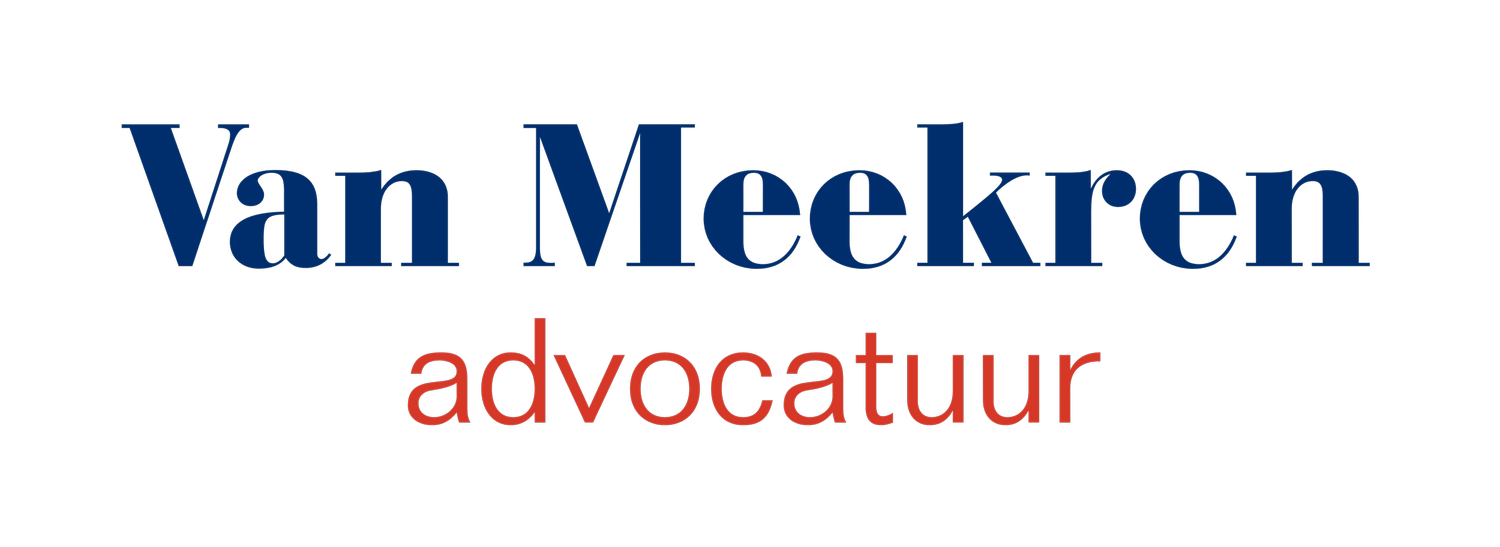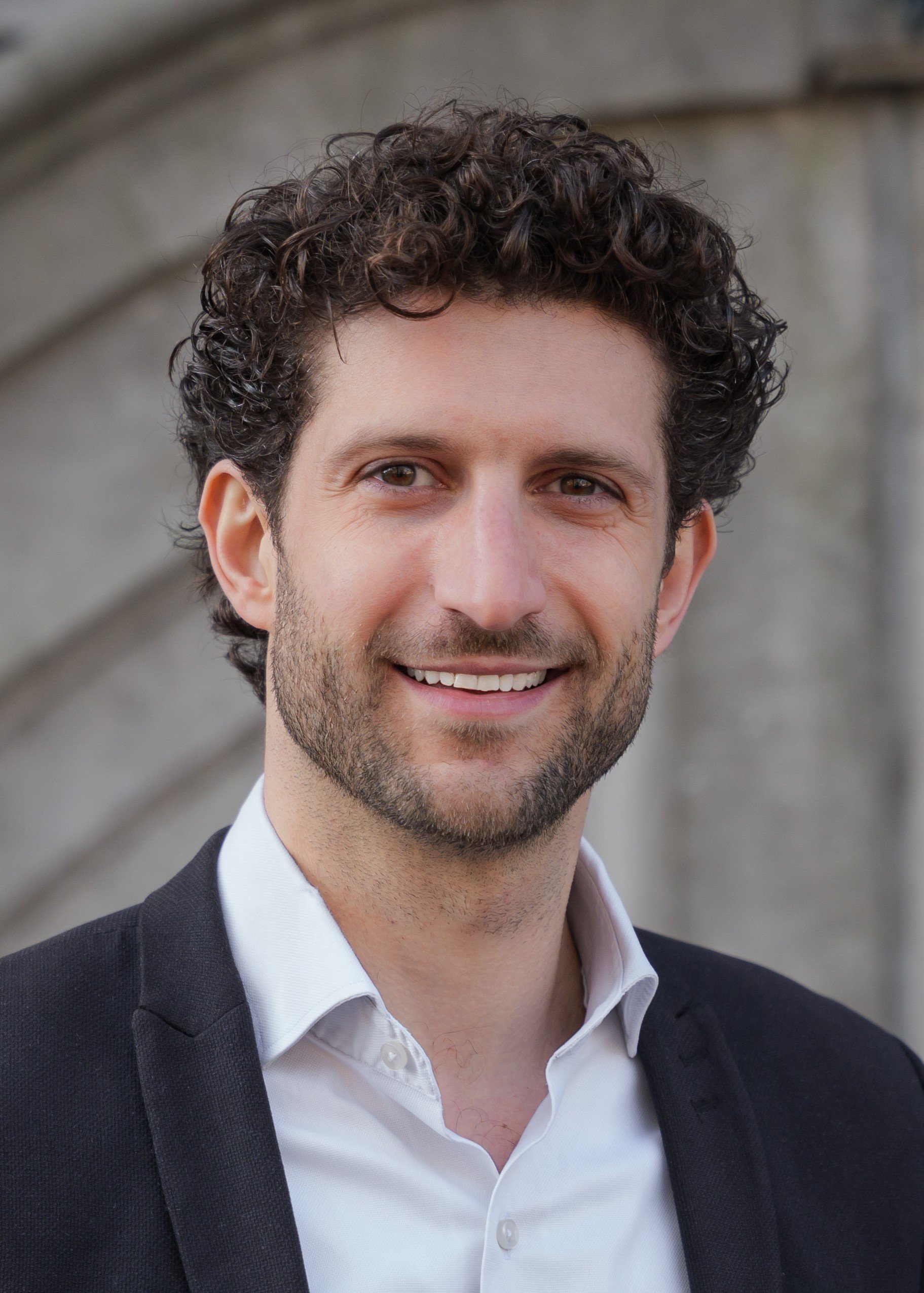Open violence
Public violence, as defined in Article 141 of the Dutch Penal Code (DCP), is a crime that disturbs public order and often causes great social unrest. It involves the concerted use of violence against persons or property in public. Have you been accused of public violence? Van Meekren Advocatuur can assist you with expert advice and defense.
What is overt violence?
By open violence, we mean the act of committing violence in a public place in unison. This can range from street brawls to large-scale riots. Violence during demonstrations can also lead to prosecution for open violence. A characteristic of this offense is that the violence is committed by several people and is or could be visible to others.
Legal definition
Article 141 DPC reads as follows:
"(1) He who commits violence openly in association against persons or property shall be punished by imprisonment for a term not exceeding four years and six months or a fine of the fourth category.
2. The penalty may be higher if the violence results in serious bodily injury or death."
What are the requirements for conviction?
By open violence, we mean the act of committing violence in a public place in unison. This can range from street brawls to large-scale riots. Violence during demonstrations can also lead to prosecution for open violence. A characteristic of this offense is that the violence is committed by several people and is or could be visible to others.
For a conviction under Article 141 DPC, some conditions must be met:
Public: The violence must take place in the open, visible to third parties.
Violence: This can include physical violence against persons as well as destruction of property
In association: This component falls into the following parts.
Sufficiently significant or substantial contribution: Each participant must have made a sufficiently significant contribution to the violence.
Mutual Involvement: Multiple people must have committed violence.
Open
The violence must be able to be visible to third parties. This means that it takes place in an area accessible to the public, such as streets, parks or other public places. The Supreme Court ruled that it is not required that a public was present at the time and place of the act of violence, nor is it decisive whether or not it was permitted to be present there during the time period, during which the violence was committed.
Violence
Violence can target both people and property. This includes physical attacks as well as vandalism such as smashing windows or knocking over vehicles. The degree of violence can range from relatively mild forms such as pushing and pulling to serious assaults and major property damage.
In a ruling, the Supreme Court ruled that smashing eggs against the windows of the U.S. Embassy constituted "violence" within the meaning of Section 141(1) DPC.
Sufficiently significant or substantial contribution
An important requirement for conviction is that each participant must have made a sufficiently significant or substantial contribution to the violence. The contribution must be of sufficient weight. The mere fact that the perpetrator numerically reinforced the group does not "without more" count as a sufficiently significant or substantial contribution. A significant and substantial contribution may include making it more difficult to recognize persons who commit violent acts, if this intentionally prevents these acts and their consequences from being traced back to these persons.
Thus, it is not necessary that the defendant himself actually committed physical violence; enough is enough that he made a substantial contribution by, for example, encouraging and/or facilitating the violence.
In a ruling, the Court held that by wearing a hood, the defendant made a sufficiently significant or substantial contribution to the act of violence by. By wearing the hoodie, the defendant contributed to the atmosphere of disinhibition and enabled others, with a reduced chance of being recognized by the police, to commit acts of violence. By doing so, the defendant knowingly promoted the commission of violence.
It is not always easy to determine whether a suspect's contribution was of such a nature and magnitude that it can be seen as essential to the violence committed. This requires a detailed analysis of the defendant's specific actions in the context of the incident. Assistance from a lawyer in this can be of great importance.
Mutual commitment
There must be the joint commission of the violence. This means that at least two people must be involved in the act. Collaboration need not be planned in advance; spontaneous joint actions also fall under this criterion.However, there must also be some involvement between the perpetrators of violence; that is, others must also commit violence. The bond between the perpetrators need not be close.
Penalty
The penalty for overt violence can vary depending on the severity of the violence committed and its consequences. The basic form carries a maximum prison sentence of four years and six months or a fourth-category fine. However, if the violence results in serious bodily injury or death, higher penalties may be imposed.
According to the LOVS landmarks, sentencing depends on several factors. A distinction is made between overt violence against property and against persons. For overt violence against property, the LOVS landmarks use a community service penalty of 60 hours. For overt violence against persons, the penalty ranges from 120 hours of community service to 6 months in prison, depending on the severity of the injury.
Learn more
At Van Meekren Advocatuur, you are assured of expert and dedicated assistance, regardless of the complexity of your case.
Van Meekren Advocatuur has extensive experience in assisting clients accused of open assault. We offer expert advice and defense to protect interests.
Are you looking for an open assault lawyer ? Our contact information can be found here.
Van Meekren Advocatuur litigates throughout the Netherlands, including at the courts in Alkmaar, Almelo, Amsterdam, Arnhem, Assen, Breda , Dordrecht, The Hague, Groningen, Haarlem, 's-Hertogenbosch, Leeuwarden, Lelystad, Maastricht, Middelburg, Roermond, Rotterdam, Utrecht, Zutphen and Zwolle, the courts in Amsterdam, Arnhem, The Hague, 's-Hertogenbosch and Leeuwarden, the Supreme Court of the Netherlands in The Hague. Van Meekren Advocatuur also litigates at the European Court of Human Rights in Strasbourg.

